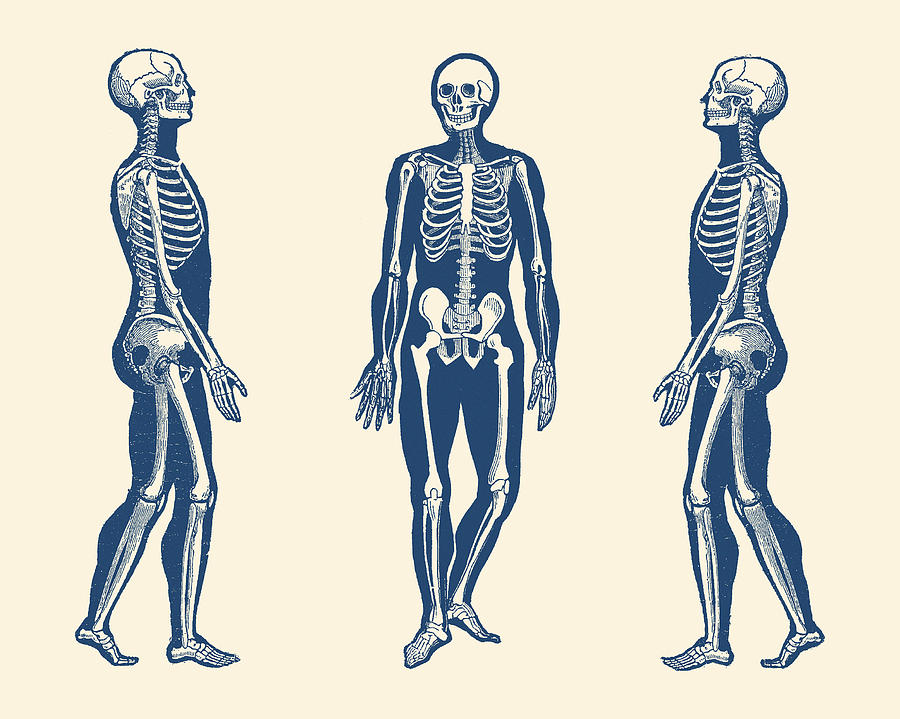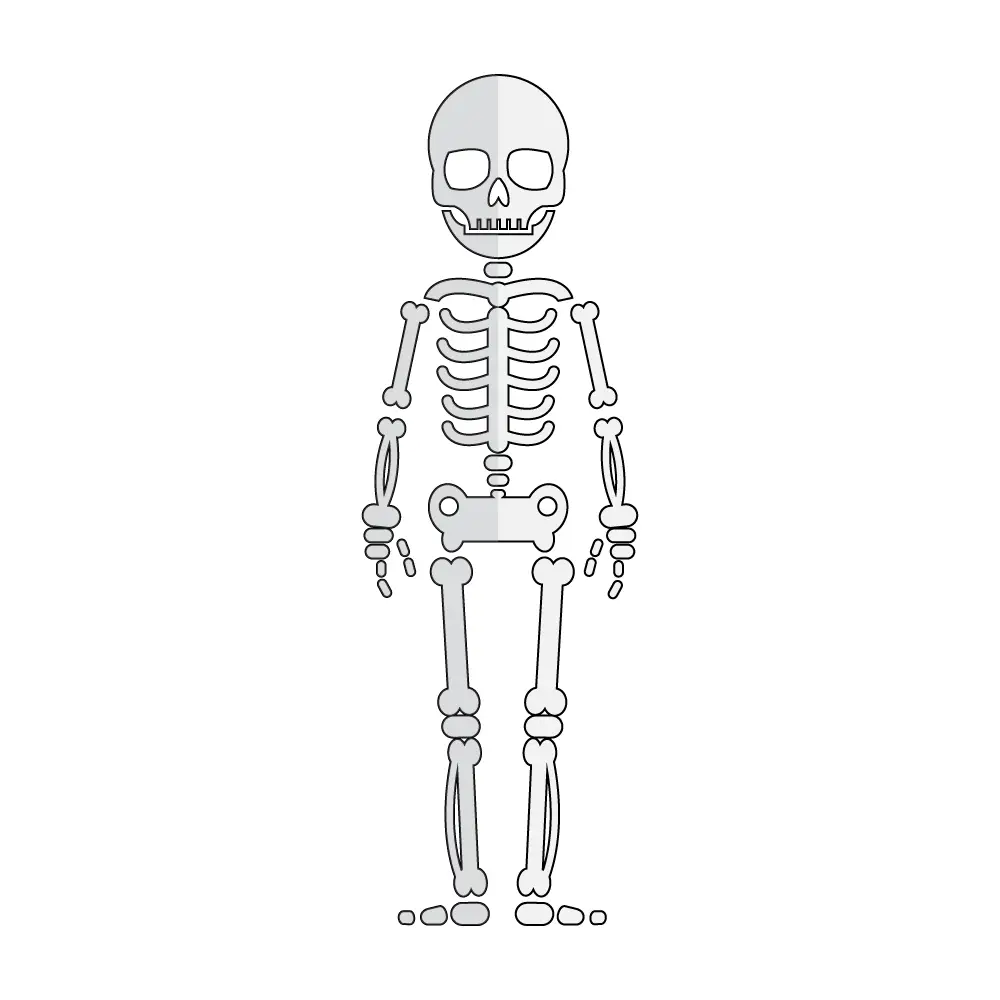
The left and right bronchi: The trachea splits into these tubes, which extend into the lungs and have branches.Several parts of the lungs help the body take in air, filter it, and then oxygenate the blood. They do this by filtering the air a person breathes, then removing excess carbon dioxide in exchange for oxygen. The lungs work with the heart to oxygenate blood. The heart has four valves that ensure that blood flows in the right direction. From there, the heart pumps the blood through an artery that branches to distribute blood to itself and other body parts (except the lungs). This oxygenated blood travels from the lungs, through pulmonary veins that lead back and join together, to the left atrium, and then through the left ventricle. From there, it flows into the pulmonary artery, which has branches that reach the lungs. The two upper chambers are called atria, and the two lower chambers are called ventricles.īlood flows into the right atrium from the veins of the heart and body (except the lungs), then it flows into the right ventricle. The heart rate increases when the body needs more blood, such as during intense exercise. Electrical impulses within the heart help ensure that it beats with a consistent rhythm and proper rate. The heart also has an electrical system within. It works with the lungs to add oxygen to blood and pump this freshly oxygenated blood through the blood vessels and around the body. The heart is the most important organ of the circulatory system, which helps deliver blood to the body. The corpus callosum connects these two hemispheres. The brain’s two halves are called the right and left hemispheres. The temporal lobes: Located on either side of the brain, the temporal lobes play a role in numerous functions, including speech, scent recognition, and short-term memory.The occipital lobes: Positioned near the back of the brain, the occipital lobe primarily interprets vision signals.It also helps the brain interpret smells. It plays a role in many conscious functions, including personality and movement. The frontal lobe: The frontal lobe, which is located in the front of the head, is the largest section of the brain.It also plays a role in interpreting pain and touch signals.


The sections below will look at the five vital organs in more detail. That said, in the case of the paired kidneys and lungs, a person can live without one of the pair. It is not possible to live without these organs.

A problem with any of these organs can quickly become life threatening. The vital organs are those that a person needs to survive.


 0 kommentar(er)
0 kommentar(er)
